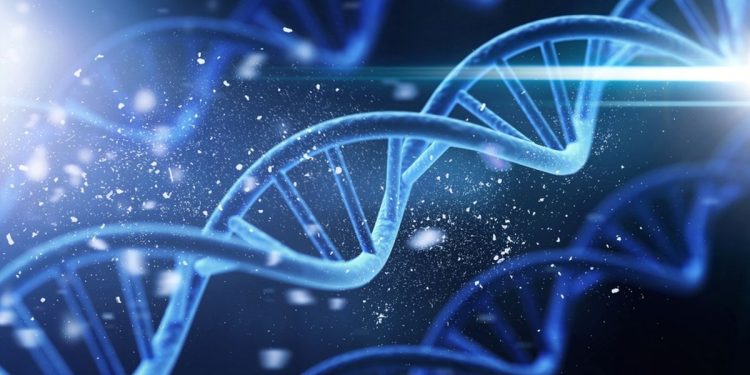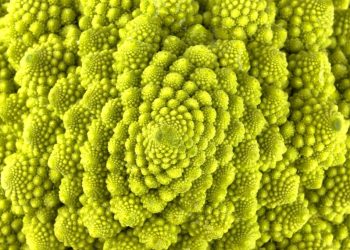Researchers designed a courtship ritual from one species of fruit fly to another using genetic modification.
A Japanese research team modified a single gene in the fly Drosophila melanogastercausing him to display a court ritual previously only seen in Drosophila subobscura.
Research shows that manipulating relatively small pieces of genetic code can change complex behaviors.
Dating a fly is a complicated game. In the majority of fly species, D. melanogaster included, male flies vibrate their wings, composing elaborate courtship “songs” to seduce their mates.
But D. subobscura We have clearly decided that the way to the heart is through the stomach. Males regurgitate food and offer their vomit to potential mates as an affectionate gift.
D. melanogaster And D. subobscura are relatively closely related species, but they still diverged from each other about 30 to 35 million years ago. Around this time, a curious difference emerged between the brains of the two species.
In vomit flies, the courtship center of the brain is now linked to neurons that produce insulin. In the composition of the ballad D. melanogasterthese two areas of the brain are not connected.
The researchers discovered this change by probing D. subobscurathe genome. They added small pieces of DNA that prevented specific genes from activating in certain cells in the flies’ brains unless they were heated.
They monitored the flies’ courtship movements and found that their charming regurgitation behavior only appeared when they activated a group of just over a dozen insulin-releasing neurons in the flies’ neurosecretory center, the pars intercerebralis.
In both species, a single gene, called “UnsuccessfulM” Or “FRUM“, governs the court of men. They found that in D. subobscurathe small group of insulin-producing cells also made the courtship protein FruM and connected to the courtship brain circuits. This was not the case in D. melanogaster.
The team then used genetic modification to activate the FRUM gene in D. melanogasterInsulin-producing neurons. “The cells developed long neuronal projections and connected to the courtship center of the brain, creating new brain circuits that produce gift-giving behavior in D. melanogaster for the first time,” said Ryoya Tanaka, a neurobiologist at Nagoya University and co-author of the new study in a press release.
Tanaka studied Drosophila mate for almost a decade, previously mapping the two species’ courtship behaviors and how fruit influences them in a 2017 article.
On the other hand, deactivating this small group of genes in D. subobscura prevented them from regurgitating.
Yusuke Hara, co-author of the study and researcher at the National Institute of Information and Communications Technology, said: “Our results indicate that the evolution of new behaviors does not necessarily require the emergence of new neurons; rather, small-scale genetic rewiring in a few pre-existing neurons can lead to behavioral diversification and ultimately contribute to species differentiation. »
The study is published in the journal Science.









